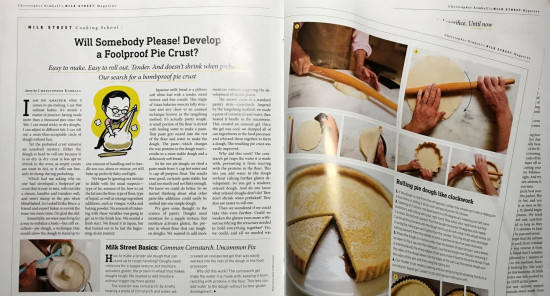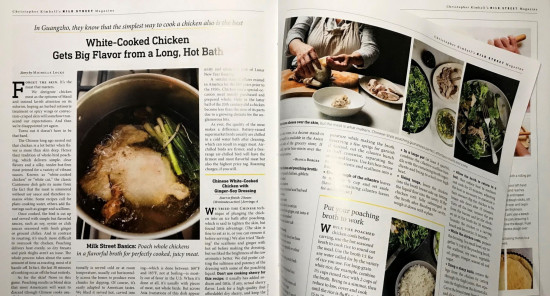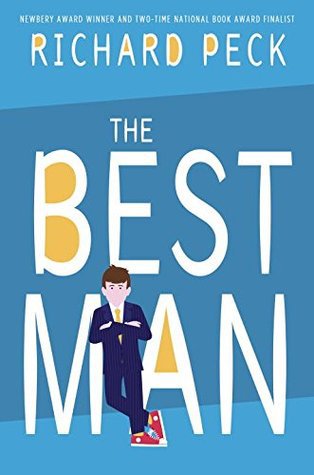By: Kenneth Lam
I stumbled on the Milk Street magazine while doing research to prepare for an internship interview with America’s Test Kitchen recently. Having attended culinary schools from both the East and the West, I have always been struck by how fundamentally different the two culinary worlds are, each with its own unique tools and techniques, its jealously guarded authenticity and inevitable smugness in its own perceived superiority. But also, by how they each ignore the existence of the other.
Nevertheless, I have always enjoyed the creative mashup element of international cuisine cooking classes. So, when Milk Street came along with their vision of a simpler, smarter, streamlined, and scientifically sound cooking ethos informed by a lively international culinary exchange of ideas, I was intrigued.

“There is no ethnic cooking. It’s a myth” so declared Christopher Kimball in his Editor’s Note on the new home cooking magazine Milk Street. “It is just dinner or lunch served somewhere else in the world” he added.
The bow-tied & bespectacled Christopher Kimball, the co-founder of the multi-million-dollar America’s Test Kitchen empire with its long-running TV show airing on PBS, left the group recently after a contract dispute. Still passionate about teaching people to cook, Chef Kimball started Milk Street and they are now up and running with their own television & radio show, a bi-monthly magazine, and cooking school located at 177 Milk St. in Boston.
Browsing through the magazine, it immediately struck me how it is packed with a fusion of cross-cultural East meets West recipes that are fresh and exciting. It has been awhile since I came across a food magazine like Milk Street that makes me want to read from cover to cover.
The cultural origins of the recipes didn’t really matter that much to me but the cooking techniques and the science behind it does. For example, the article on developing a foolproof pie crust took its inspiration from the Japanese milk bread and the addition of cornstarch as the key to achieve a tender, easy-to-roll dough that resist shrinkage and slumping when pre-baked.

Examples of other culinary ideas one can learn from just the charter issue:
- Fluffier scrambled eggs by replacing butter with hot olive oil.
- The best method to cook Brussel Sprouts and other bitter vegetables.
- Scientific tips for properly whipped egg whites.
- Ways to build meaty flavors without Maillard browning.
- The sweet science of shredded carrots.
- The sense behind Chinese-style poached “white” chicken.
- Cooking salmon in aluminum foil on a skillet.
- Wok science: how the Chinese turn steel into non-stick.
Other cooking magazines invariably feature an endless parade of random recipes whose authenticity is marked along ethnic lines or festive occasions. Milk Street highlights rich stories that break down recipes and cooking techniques to uncover their flaws. They then re-construct them with sound ideas sourced from around the world with food science-based explanations to elevate each dish to its best potential.
Milk Street is a good read for the aspiring culinologist as the result of each featured recipe is a significantly improved product – via a more efficient way to cook, a better flavor profile, and/or by simply eliminating a known product flaw. There are also sections on beverages, culinary equipment and tools, and culinary book reviews.
All of this information is written in an easy, breezy style aimed at the curious cook and the culinologist in all of us. The magazine also hosts no advertising.
Sign up for a FREE copy of the charter issue of Milk Street while stocks last.
It only costs $19.95 to get a full year’s (6 issues) subscription.
Visit the Milk Street official website.
Advertisements Share this:




